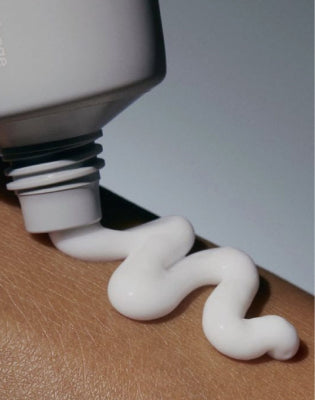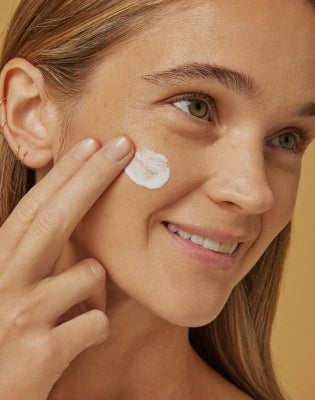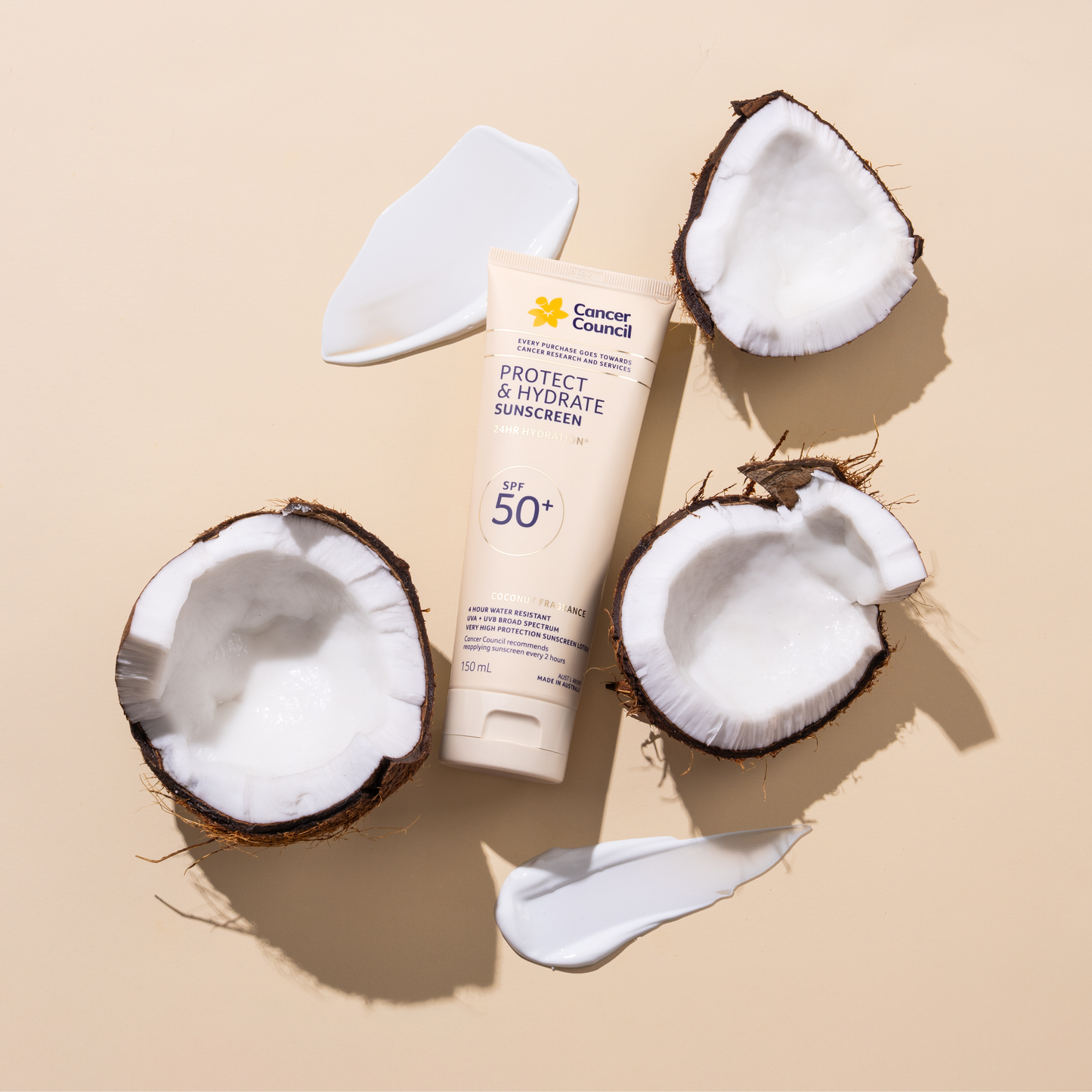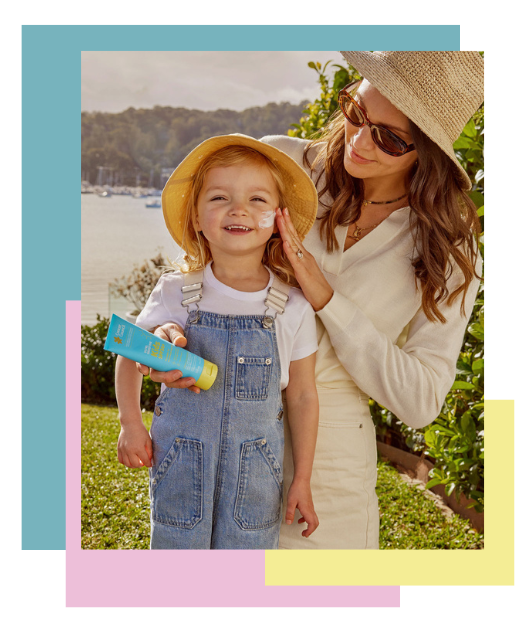
1tsp
1tsp
Be generous
Use a generous amount of sunscreen. When applying sunscreen, you need at least one teaspoon for face. Don’t forget your neck and ears

20min
20min
Be prepared
Sunscreen needs to be applied 20 minutes before going outdoors.

2hrs
2hrs
Reapply every 2 hours
Sunscreen should be reapplied every two hours if you are spending time outdoors. As sunscreen can be easily wiped off, you should also reapply after swimming, sweating or towel drying.










